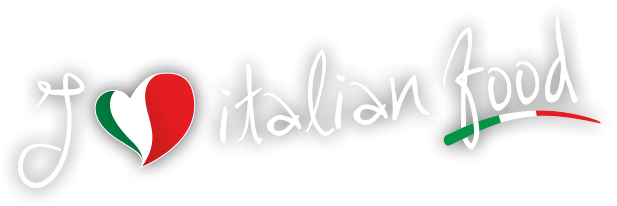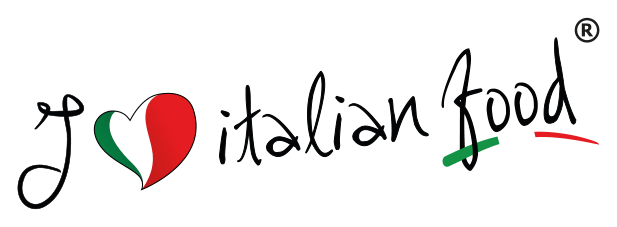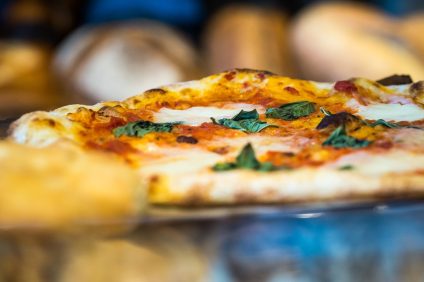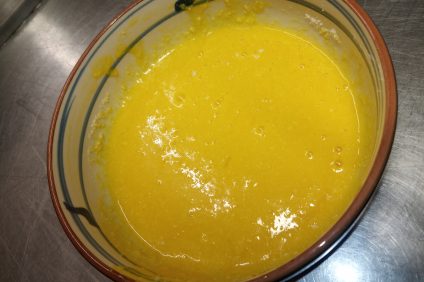Piadina has an extremely ancient history, and has always accompanied the life of Romagna. It is about a poor, simple food that, over the centuries, has in fact fed a people, becoming today, a consumer product.
The piadina
Already at the time of the Etruscans, in the areas of today's Romagna; traces of the use of a bread substitute made with raw flour, cereals and circular in shape. Later, even among the ancient Romans we find the piadina, as an elementary form of peasant bread.
 Nonetheless, the first traces of writing of the "piada" date back to 1371; when in the "Descriptio Romandiolae ", the cardinal legate Anglico de Grimoard, describes the recipe as follows: “It is made with wheat flour soaked in water and seasoned with salt. It can also be mixed with milk and seasoned with a little lard ". Cardinal Angelico notes that, among the taxes, the city of Modigliana, in the province of Forlì Cesena; he had to pay to the Apostolic Chamber, and there were 2 "piade". You can hardly find such a versatile food; presenting itself as a focaccia, which can be mixed with various types of flour.
Nonetheless, the first traces of writing of the "piada" date back to 1371; when in the "Descriptio Romandiolae ", the cardinal legate Anglico de Grimoard, describes the recipe as follows: “It is made with wheat flour soaked in water and seasoned with salt. It can also be mixed with milk and seasoned with a little lard ". Cardinal Angelico notes that, among the taxes, the city of Modigliana, in the province of Forlì Cesena; he had to pay to the Apostolic Chamber, and there were 2 "piade". You can hardly find such a versatile food; presenting itself as a focaccia, which can be mixed with various types of flour.
Piadina and Giovanni Pascoli
In the Middle Ages, the inhabitants of Romagna began to use it with poor cereals in order not to incur the taxation that wheat suffered. This "poor bread" is so part of popular culture that it owes its name to the poet Giovanni Pascoli. He Italianized the word from Romagna "foot ", introducing it into modernity, understandable to everyone, even outside the borders of Romagna.
For those who want to try their hand here is the recipe
Piadina recipe:
500 grams of 00 flour, about 220ml of water, a teaspoon of bicarbonate, and about 80ml of extra virgin olive oil will be enough; and finally a pinch of salt. On a pastry board, pour the 00 flour, salt, baking soda and mix the mixture. We will add the oil and we will work by gradually adding the lukewarm water. The dough should be soft and not sticky. Finally we will have to cover the dough with a cloth, letting it rest for 40 minutes. Then we will take it back, forming five or six balls. We will cover again with a cloth; letting it rest for about 10 minutes. Finally we will take each ball giving it the right shape; 3 or 4 millimeters thick. Now we will heat a non-stick pan, cooking the piadina for about 3 minutes. When bubbles form on the pasta we can turn it over.
Piada with four cheeses
He defines it as the national bread of the Romagnoli, creating an indissoluble combination between Piadina and Romagna, strengthened by the inventiveness with which this delight is filled. Piada can be mixed with raw cereals, accompanied, as nowadays, with cheeses of your choice. Recall that after World War II, when there was not yet an economic boom; Piadina Romagnola was widely consumed both in the countryside and in the cities.
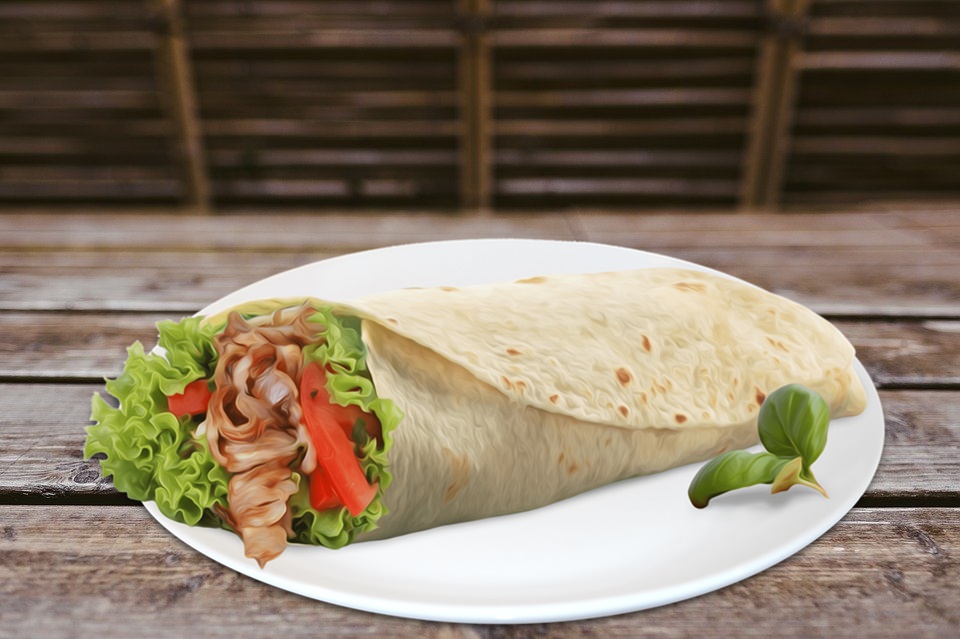 Since then it has no longer been considered a substitute for bread; but a greedy and versatile alternative. Starting from the seventies, to homemade wraps they will also accompany those of artisanal production; created on the spot by the kiosks that begin to open on the seafront, but also in the first workshops.
Since then it has no longer been considered a substitute for bread; but a greedy and versatile alternative. Starting from the seventies, to homemade wraps they will also accompany those of artisanal production; created on the spot by the kiosks that begin to open on the seafront, but also in the first workshops.
Variety of wraps
The piadina can be stuffed with porchetta, pecorino cheese and dried tomatoes; but also to the four stringy cheeses; with grilled courgettes, with raw ham, buffalo mozzarella and rocket, pecorino cheese and dried tomatoes. Without to forget lo stracchino, the cheese par excellence used to give creaminess to our wraps!
photo source cleanpngfly.com

